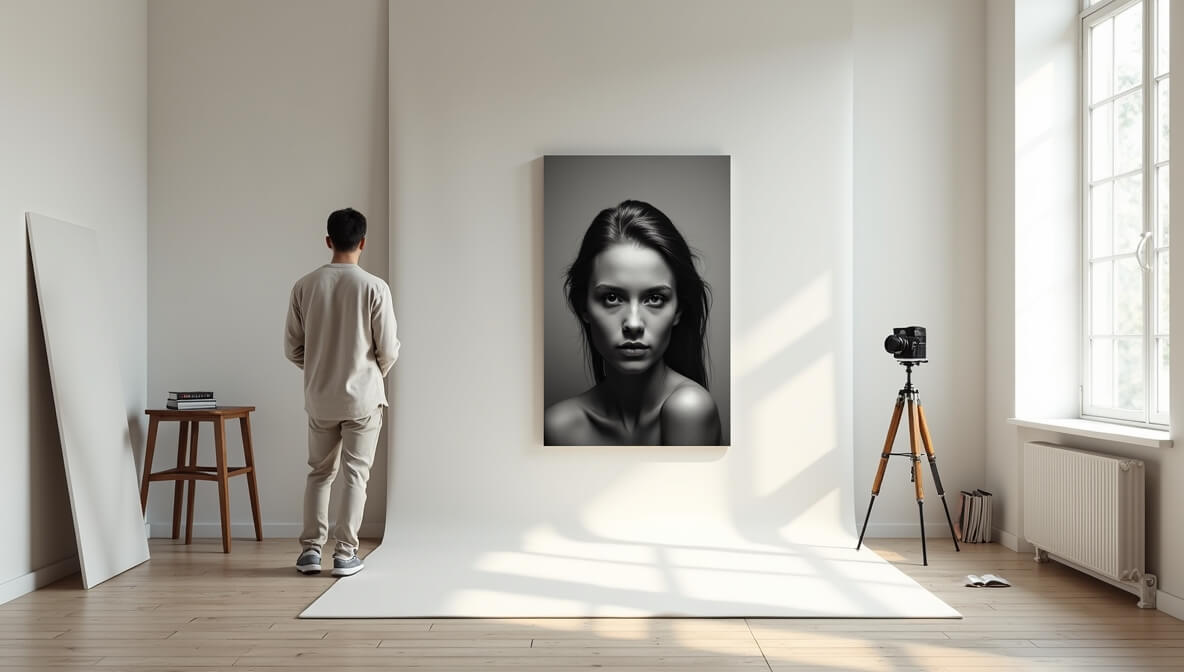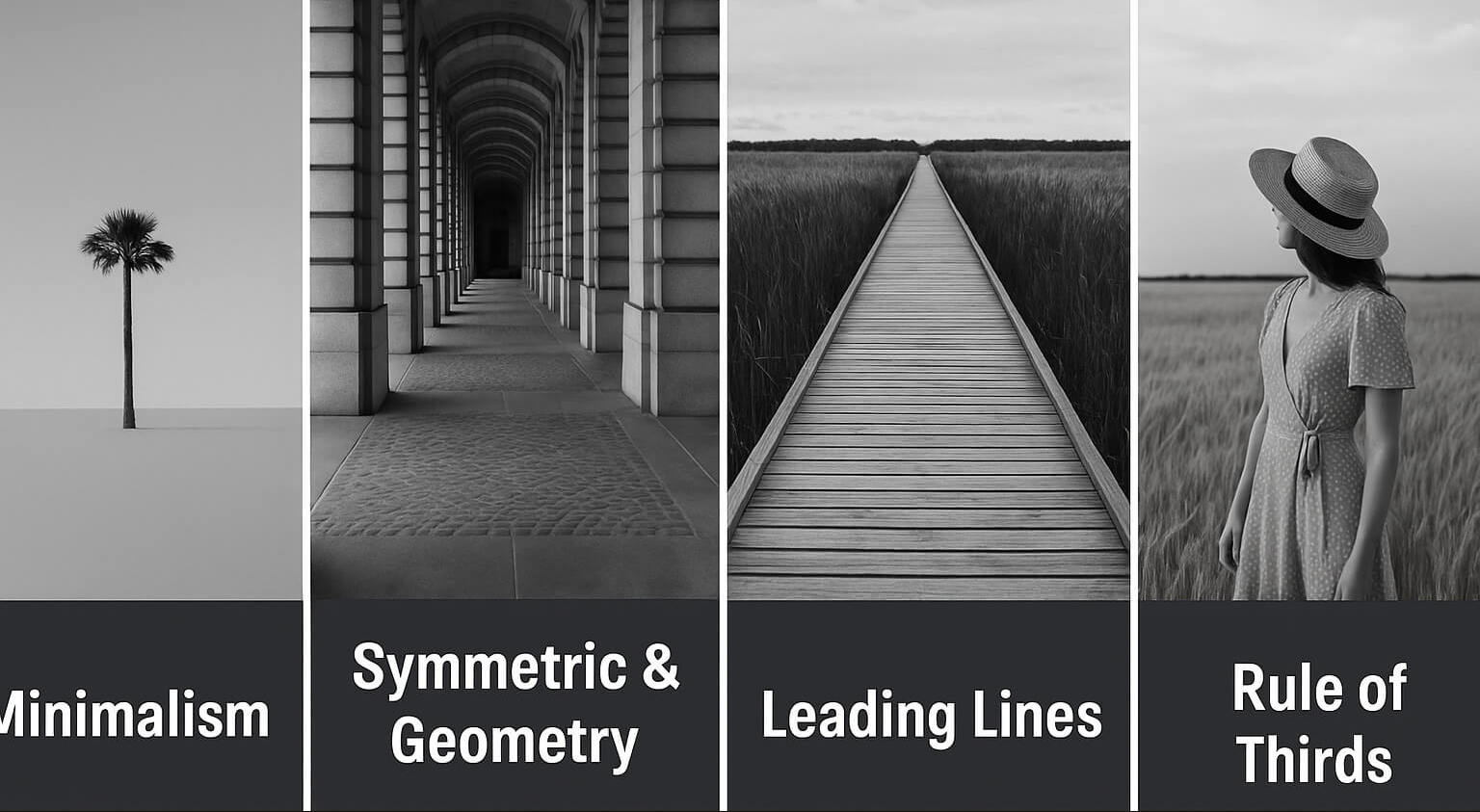May 15, 2025

`Fine art photography is more than capturing a beautiful subject — it’s about expressing a vision, telling a story, and provoking emotion. Unlike commercial or documentary photography, fine art is deeply personal and often abstract, turning everyday moments or objects into captivating visual art. If you're looking to make your mark in the art world or stand out as a creator, learning how to craft compelling fine art photographs is essential.
Fine art photography is a form of visual expression where the photographer's intent goes beyond documenting reality. It’s about interpreting the subject through an artistic lens and often involves conceptual ideas, mood-setting techniques, or post-processing to create an emotional impact.
Think of fine art photography as painting with your camera — the final image should evoke curiosity, feeling, or thought, rather than just show what was in front of the lens.
Every powerful fine art image starts with an idea. Ask yourself:
Whether it's solitude, nostalgia, chaos, or surrealism, let that concept guide your composition, lighting, colors, and subject.
This process is similar to how we approach double exposure photography, where the fusion of images is used to express abstract thoughts or hidden narratives.
To bring your vision to life, you don’t need the most expensive gear, but you do need the right tools. Cameras with excellent dynamic range and sharp lenses are key — especially for capturing fine textures and tonal subtleties.
Check out our guide on the best cameras for beginners in 2025 to get started with equipment that balances performance and budget, particularly if you're new to fine art photography.

These principles also apply when shooting stylized sessions like cinematic wedding photos. In our wedding photography guide, we emphasized how light and framing tell the story — a key aspect of fine art.
Editing is a crucial phase in fine art photography. Lightroom and Photoshop allow you to manipulate tones, add textures, and fine-tune the mood.
Many artists rely on AI-enhanced tools like the ones featured in our list of best photo restoration software to recover, enhance, or manipulate details for fine art style edits.
Fine art photos are best appreciated when printed and displayed, but there are also several digital avenues:
Here are some creative themes and styles worth exploring:
You can also experiment with blending techniques, like those shown in our article on creating artistic double exposures, to push your boundaries creatively.
Creating unique fine art photography requires vision, patience, and experimentation. It’s a blend of storytelling, aesthetics, and emotion — brought to life through thoughtful composition and creative post-processing.
Whether you're capturing surreal landscapes, emotional portraits, or abstract textures, your ability to infuse meaning into an image is what separates a photograph from a fine art piece. Take your time. Trust your vision. And don’t be afraid to break the rules.
Stay up to date with the newest tips, gear reviews, and step-by-step guides to elevate your photography journey from home and beyond.